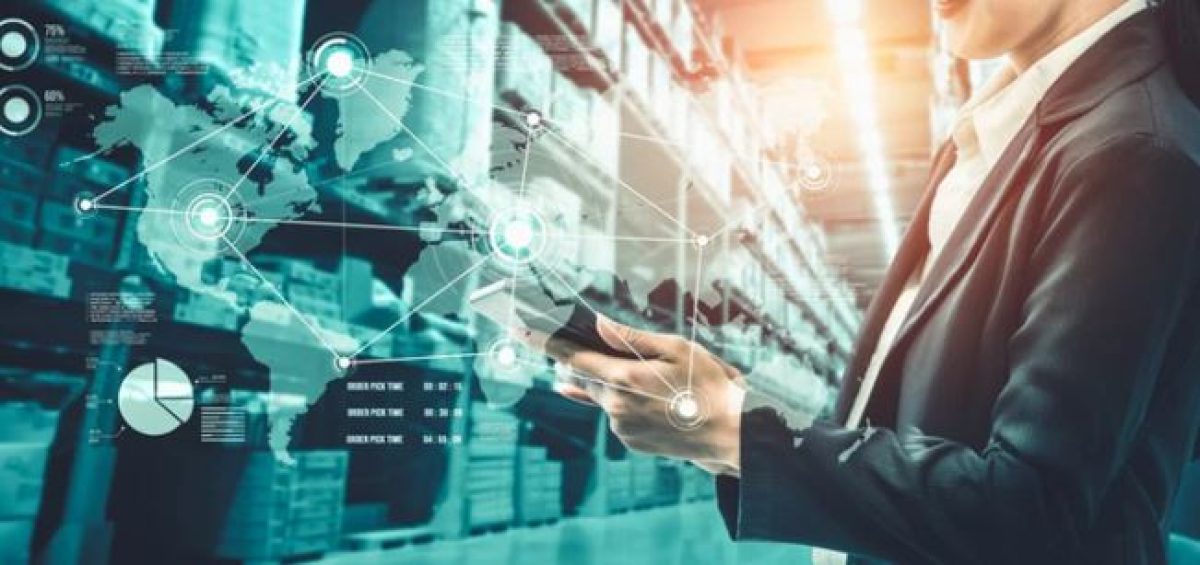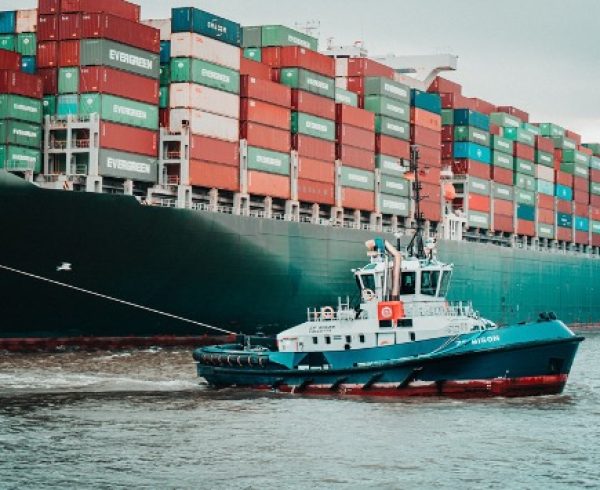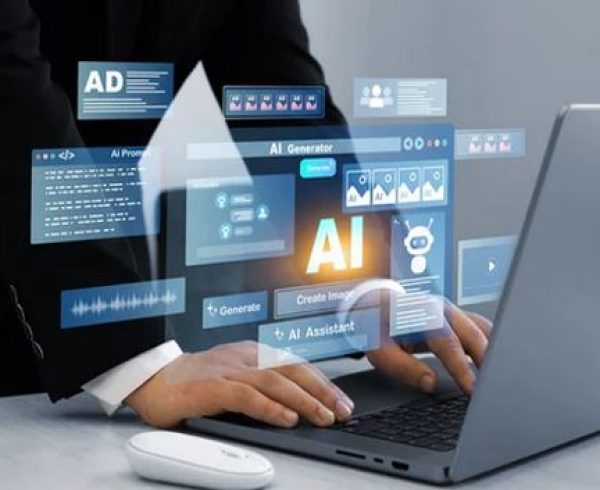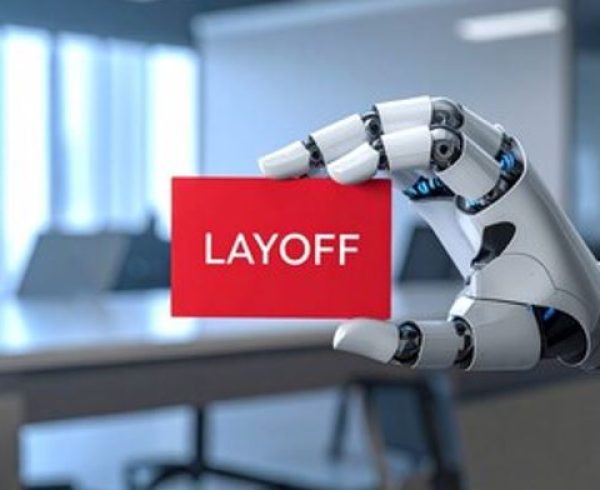Amazon’s AI moved 40% of a Seattle warehouse’s inventory locations overnight. No human planned it. No meetings were held. The system just decided the layout was suboptimal, redesigned everything, and executed the move while humans slept. Picking efficiency jumped 23% by Monday morning.
That’s not automation. That’s autonomous intelligence, and it’s already reshaping global commerce while most executives debate pilot programs.
Currently, 53% of supply chain executives are enabling autonomous automation through self-sufficient AI agents. These companies are achieving 61% greater revenue growth than their peers. Unlike traditional AI that responds to commands, agentic systems pursue objectives autonomously, compressing response times from days to minutes.
Beyond Traditional Automation
The distinction between traditional AI and autonomous systems matters more than most realize. The agentic AI market exploded from $5.2 billion in 2024 to a projected $196.6 billion by 2034. That’s a compound annual growth rate of nearly 44%.
Over 60% of new enterprise AI deployments in 2025 include agentic capabilities, with these systems cutting human task time by up to 86% in complex workflows. Currently, 40% of Fortune 500 companies use agentic AI in pilot projects, while a quarter of employers will deploy this technology this year, swelling to 50% by 2027.
What makes this different is emergent intelligence. AI systems develop behaviors and solutions that emerge from the system itself, not from human programming. When Maersk’s agentic AI detects port congestion patterns forming in Shanghai, it automatically reroutes container ships, negotiates berth slots, and adjusts delivery schedules across three continents before traffic jams materialize.
From Reactive to Predictive Operations
Traditional supply chains optimize within fixed parameters. Agentic systems rewrite their own optimization algorithms, discovering operational strategies human designers never considered. By 2030, half of cross-functional supply chain management solutions will use intelligent agents to autonomously execute decisions.
Walmart’s Eden system shows this evolution in action. What began as produce freshness monitoring using machine learning has evolved into a predictive ecosystem that eliminates $2 billion in waste over five years. The system processes over one million produce photos to create freshness algorithms, but it now anticipates demand shifts 2-3 weeks before they manifest in sales data.
Intelligence-infused demand forecasts cut lead times by 22% and reduce expedited shipments by 27%, while boosting supplier-level accuracy by 35-42%. These systems create learning externalities where each transaction makes every future transaction more efficient.
Amazon’s latest fulfillment centers demonstrate this cognitive evolution. Their agentic AI recently moved 40% of inventory locations in a Seattle facility overnight, improving picking efficiency by 23% without human intervention. Traditional optimization would have required months of analysis and planning. The agentic system executed the transformation autonomously over a weekend.
Adaptive Networks Replace Linear Chains
The traditional supply chain model assumes predictable, sequential processes from raw materials through manufacturing to retail. Agentic AI creates dynamic, mesh-like networks that reconfigure themselves based on real-time conditions.
When Hurricane Ian threatened Florida operations, leading retailers demonstrated this transformation. Their agentic systems temporarily restructured entire regional distribution strategies, evaluating thousands of potential supply network configurations daily. The systems automatically shifted from linear supply chains to dynamic networks based on weather patterns, traffic conditions, and inventory levels.
DHL lowered operational costs by 15% and improved delivery speeds by 20% through agentic implementations. These systems became platforms for quality inspection, damage assessment, and predictive maintenance. Unilever’s agentic systems now analyze weather data to adjust ice cream sales forecasts, optimize inventory, and reduce waste across thousands of retail locations simultaneously.
Traditional supply chain metrics become obsolete in this paradigm. Instead of measuring efficiency, companies track adaptability. Instead of optimizing costs, they optimize learning velocity. Uber Freight cut empty miles by 10-15%, moved $20 billion in freight, and reduced support wait times from five minutes to 30 seconds.
The New Human-AI Partnership
The most significant impact involves creating human-AI collaboration that operates at machine speed with human wisdom. Nearly half of leaders say expanding team capacity with digital labor is a top priority, while 78% are considering hiring for AI-specific roles.
Supply chain professionals evolve from operational managers to cognitive architects, designing goals and parameters that agentic systems pursue autonomously. At Unilever, human managers set strategic objectives like reducing carbon footprint by 15% while maintaining service levels. Agentic systems determine how to achieve these goals across thousands of suppliers and millions of products.
70% of surveyed leaders express high confidence that AI-based automation will replace traditional rule-based robotic process automation within three years. Leading companies create decision architectures that specify when humans intervene versus when systems operate autonomously.
The most successful transformations involve amplified intelligence where human creativity and machine capability combine to solve problems neither could address alone. This partnership model emerges as the primary competitive differentiator.
The Competitive Displacement Risk
While executives debate implementation risks, a more pressing reality emerges. 90% of supply chain leaders report lacking sufficient talent to meet digitization goals. Meanwhile, 29% of organizations already use agentic AI and 44% plan implementation within the next year.
In supply chain management, where margins are thin and customer expectations high, modest technological advantages shift entire market positions. Competitors using agentic AI respond to disruptions in minutes while traditional companies require days or weeks. They optimize inventory levels continuously rather than quarterly.
Agentic AI creates compound advantages where intelligence-infused processes will grow to 25% by 2026, representing an 8x increase in just two years. Companies that start later face data disadvantages, learning disadvantages, and ecosystem disadvantages that become increasingly difficult to overcome.
Only 2% of businesses are not considering deploying agentic AI technology, yet 69% of AI projects never make it into live operations. The gap between intention and execution creates competitive displacement risk.
Strategic Implementation Framework
The transition to agentic AI requires reimagining how supply chains operate when intelligence becomes distributed and autonomous. Gartner recommends prioritizing use cases that demand significant scalability, efficiency, and adaptability.
Phase 1: Infrastructure Excellence (Months 1-6) – Invest in data architecture and foundational AI capabilities before implementing solutions. Organizations already realizing a 20% EBIT contribution from AI prioritize data practices that support these capabilities.
Phase 2: Capability Development (Months 6-18) – Build agentic capabilities through targeted use cases that demonstrate autonomous decision-making value. Start with high-impact areas like demand forecasting, inventory optimization, and route planning where success can be measured and scaled.
Phase 3: Ecosystem Transformation (Months 18+) – Extend capabilities across entire networks, creating autonomous systems that coordinate with customers, suppliers, and logistics partners. This phase creates sustainable competitive advantages that competitors cannot easily replicate.
By 2028, one-third of enterprise software applications will include agentic AI, enabling 15% of day-to-day work decisions to be made autonomously. Chief supply chain officers must consider AI agents as primary digital collaborators.
The most critical requirement involves setting clear operational parameters to ensure agentic AI functions within specified capabilities. This prevents AI agents from taking incorrect actions that could result in negative consequences.
The Choice Is Binary
Companies achieving real-time adaptation will capture disproportionate market share, while those clinging to traditional approaches will find themselves permanently disadvantaged. This isn’t gradual technological evolution but the emergence of autonomous intelligence.
Chief supply chain officers who delay systematic capability building will face uncomfortable conversations with their boards about why their organizations require weeks to adapt to disruptions that competitors navigate in hours. Companies that master the convergence of human insight and machine autonomy will create supply chains that profit from uncertainty itself.
The autonomous revolution in supply chains accelerates through the convergence of computing power, data abundance, and organizational readiness. The competitive future belongs to those who recognize that agentic AI represents the redefinition of supply chain excellence itself.







